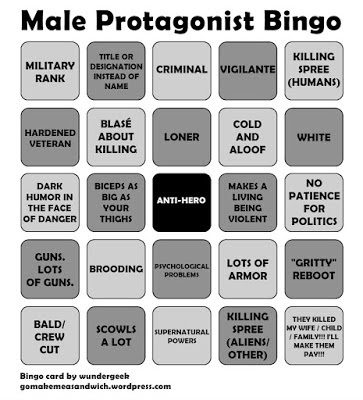Maus: Maus
The story itself is postmodern, telling the story of how the story was made. The author visits his father's home to interview him about experiences during World War 2 and the Holocaust.
What separates this from the run of the mill non-fiction graphic novels is Spiegelman's use of animals to substitute the different races: Jews as Mice, Germans as Cats, Poles as Pigs. It is a witty analogy while also using it as a buffer for some of the horrific acts of violence displayed. Also, inspiration from actual Nazi propaganda art was applied to the animal choices, as Jews were depicted as Vermin infesting the country.
You could get away with showing more if there weren't dead humans. Spiegelman himself said reality is too much for comics. He believed in order to make it compelling, he had to create a separate world.
Something I enjoyed was how the artist took it a step further by making each of the races share similar faces. Upon further research, I learned that this was intentional by Spiegelman, to point out the absurdity of the race/animal divide itself. He stated that the metaphors are meant to self destruct, as the only thing that defines the difference in races of the animals is their predator/prey nature, hence mice and cats.
The artwork has a diary feel to it, as if they were sketched personally in that environment.
What makes Maus successful is one again the artists personal passion and background into the subject. He shares a story from his family's life, and translates that into a universally acceptable world of discriminated animals dealing with real world issues. The best stories come from within, Maus is another example of that.






Comments
Post a Comment